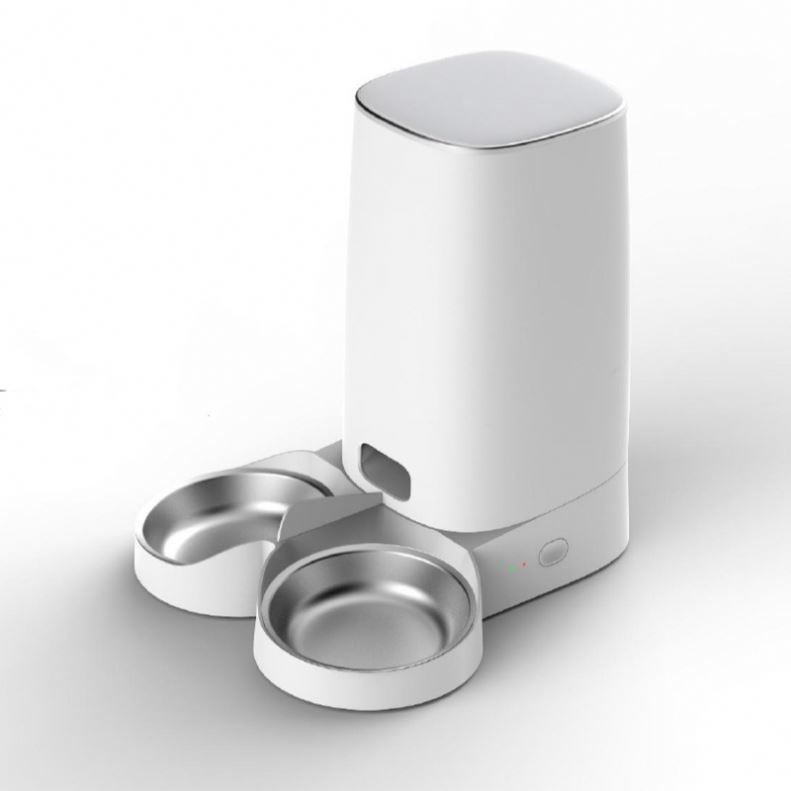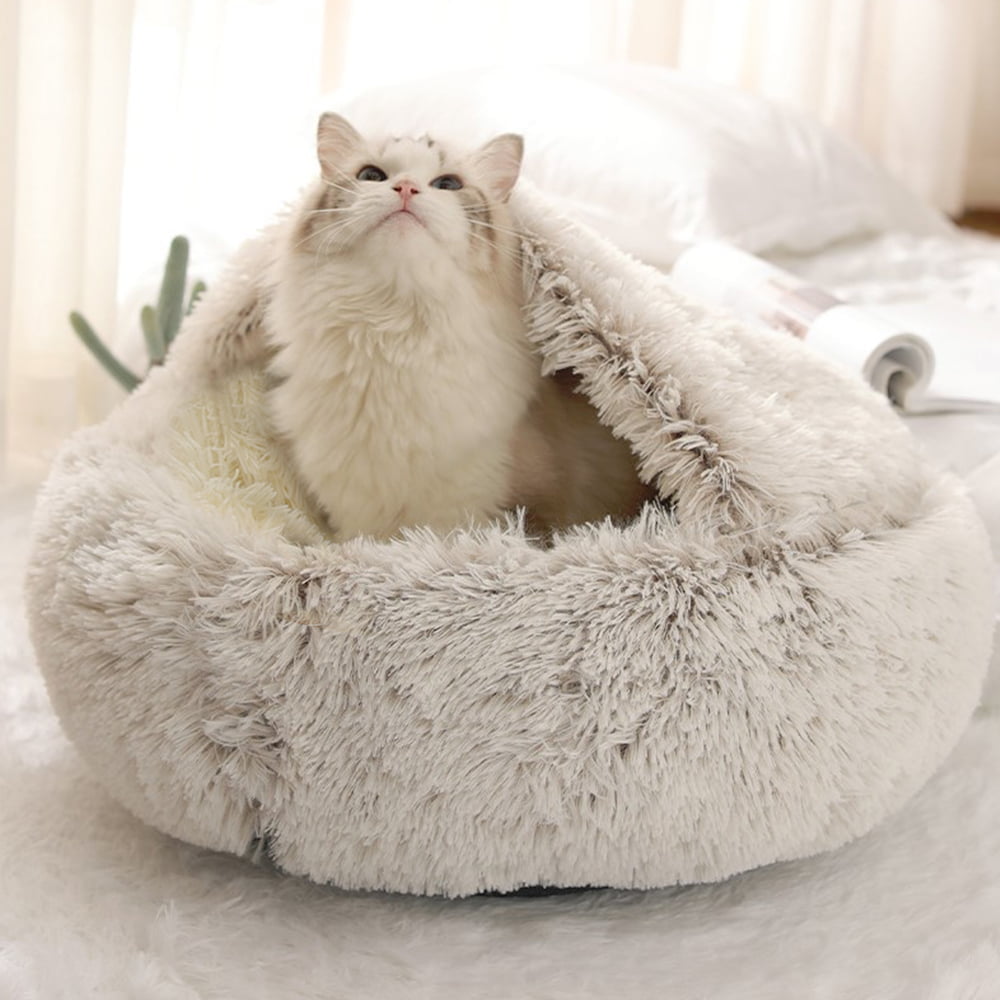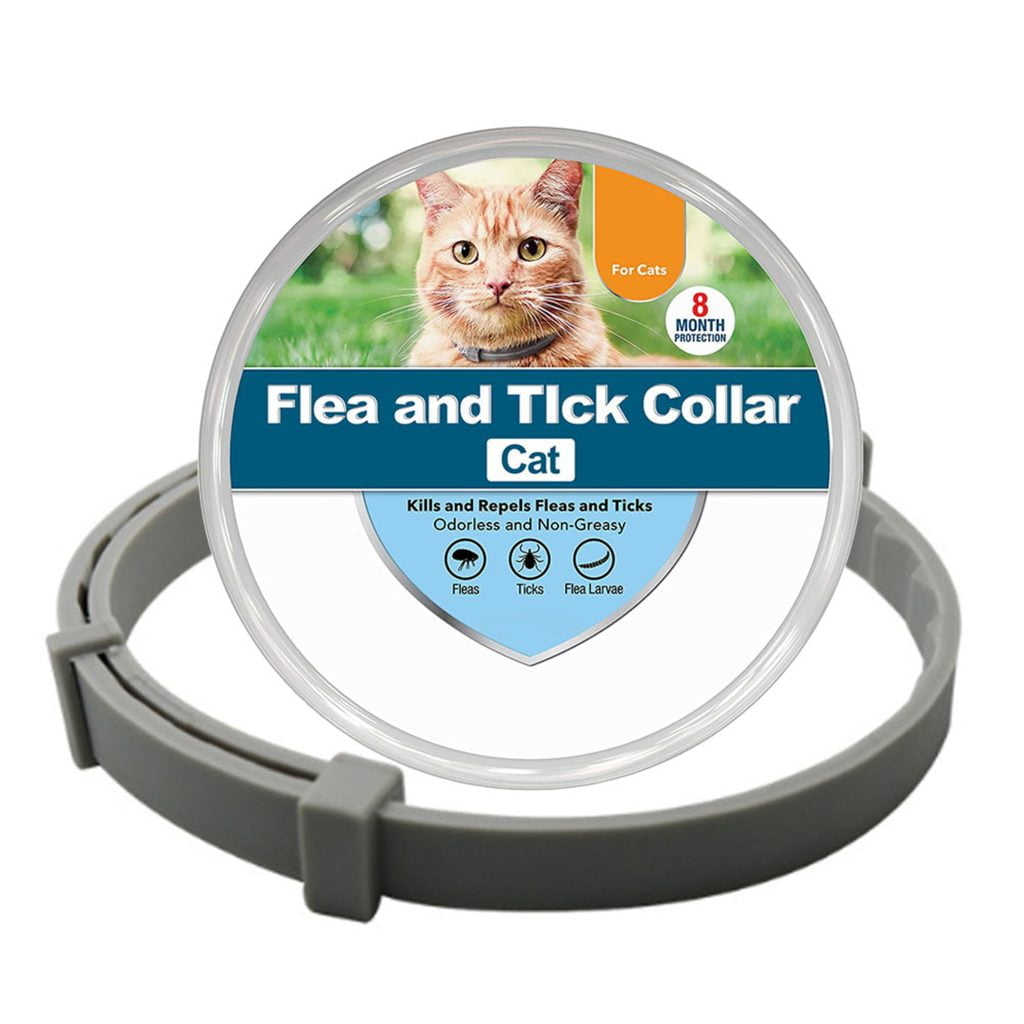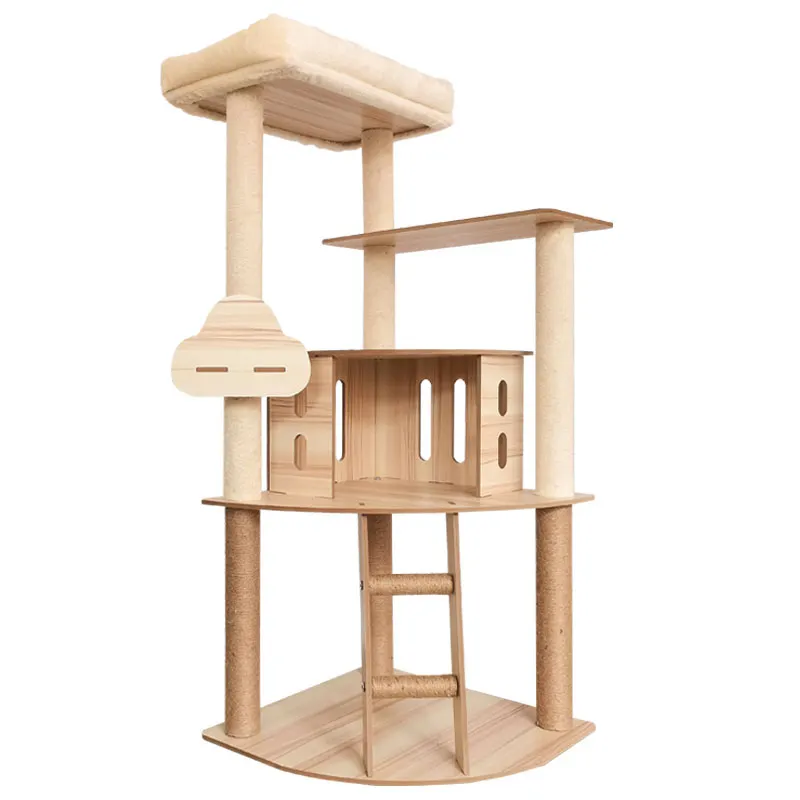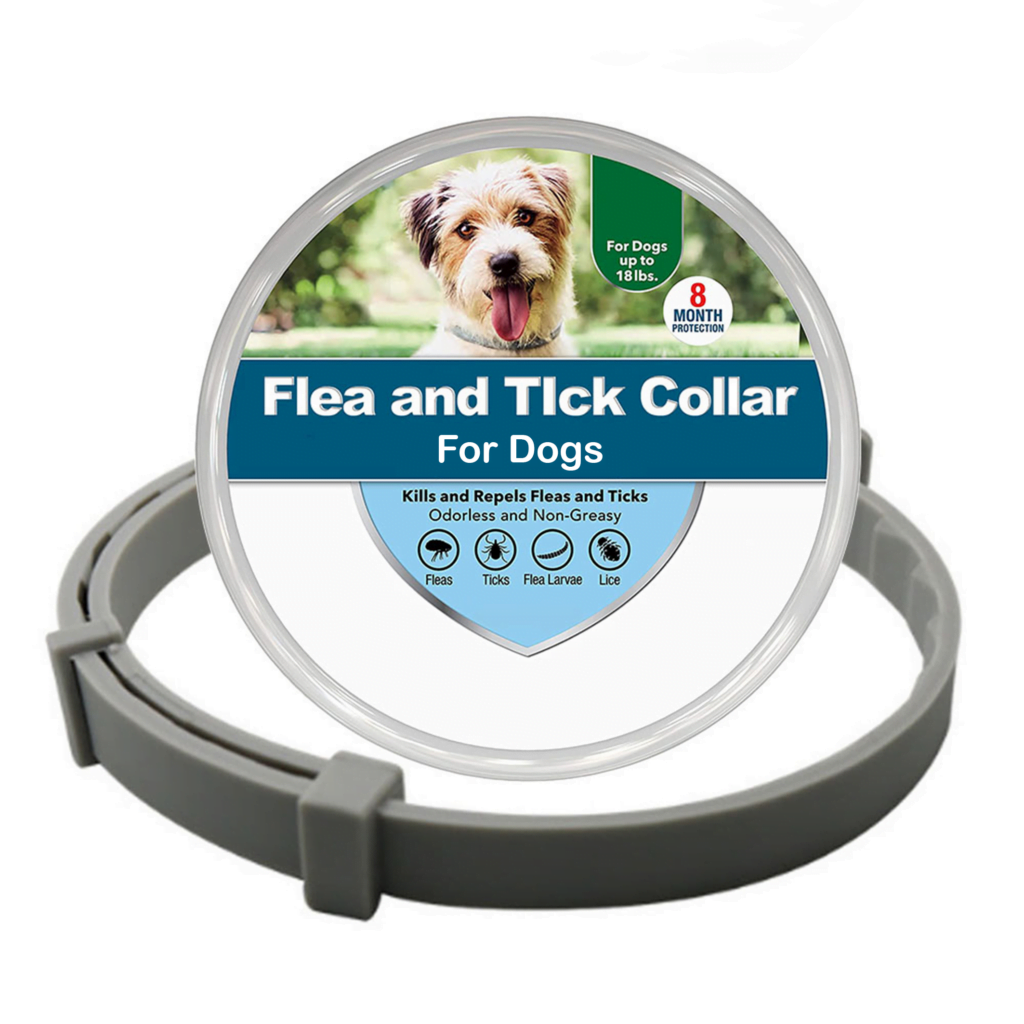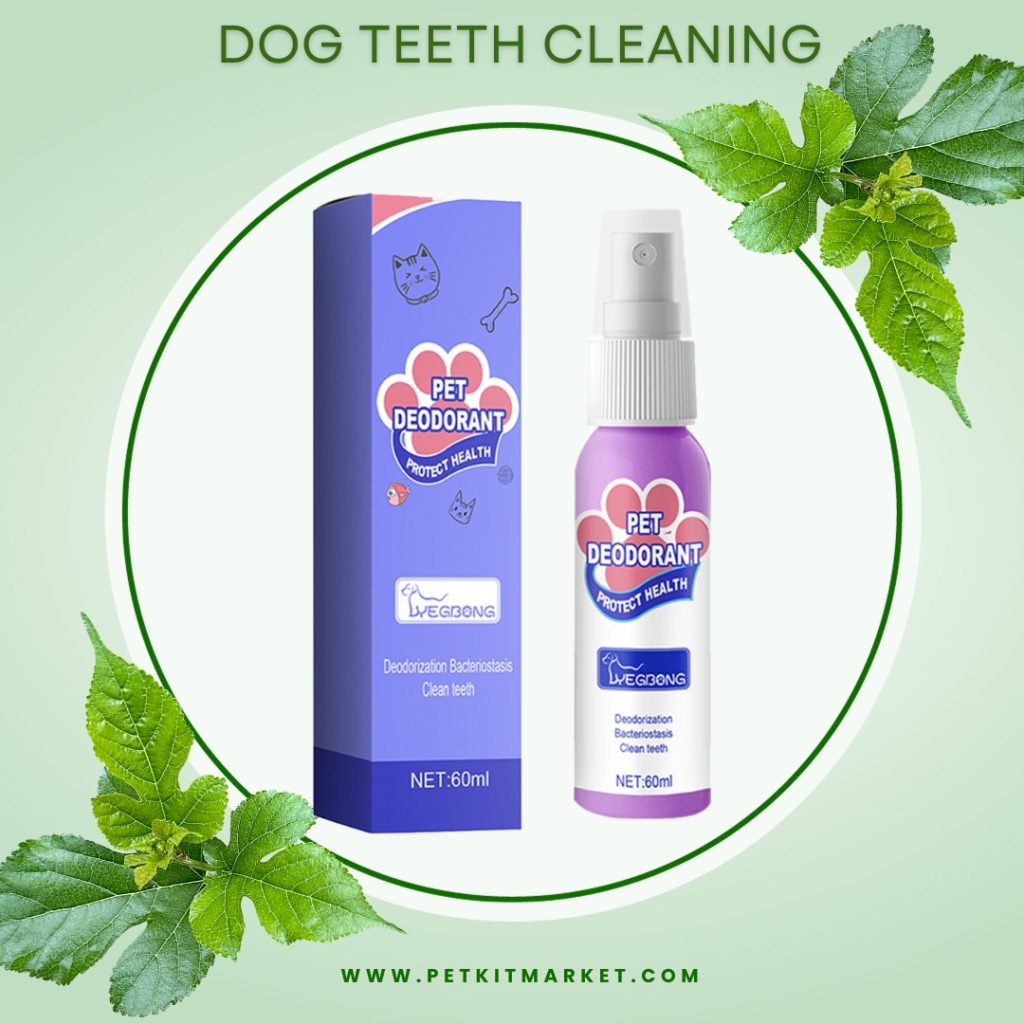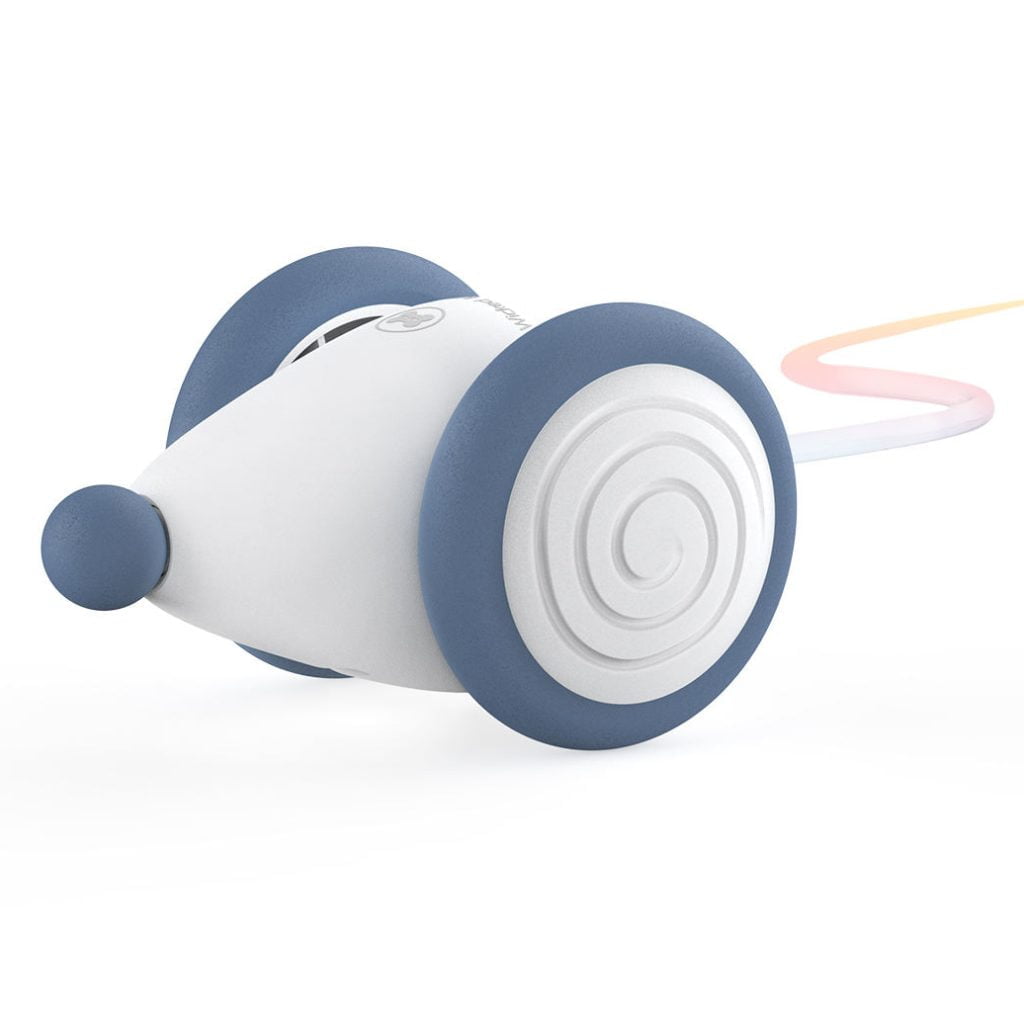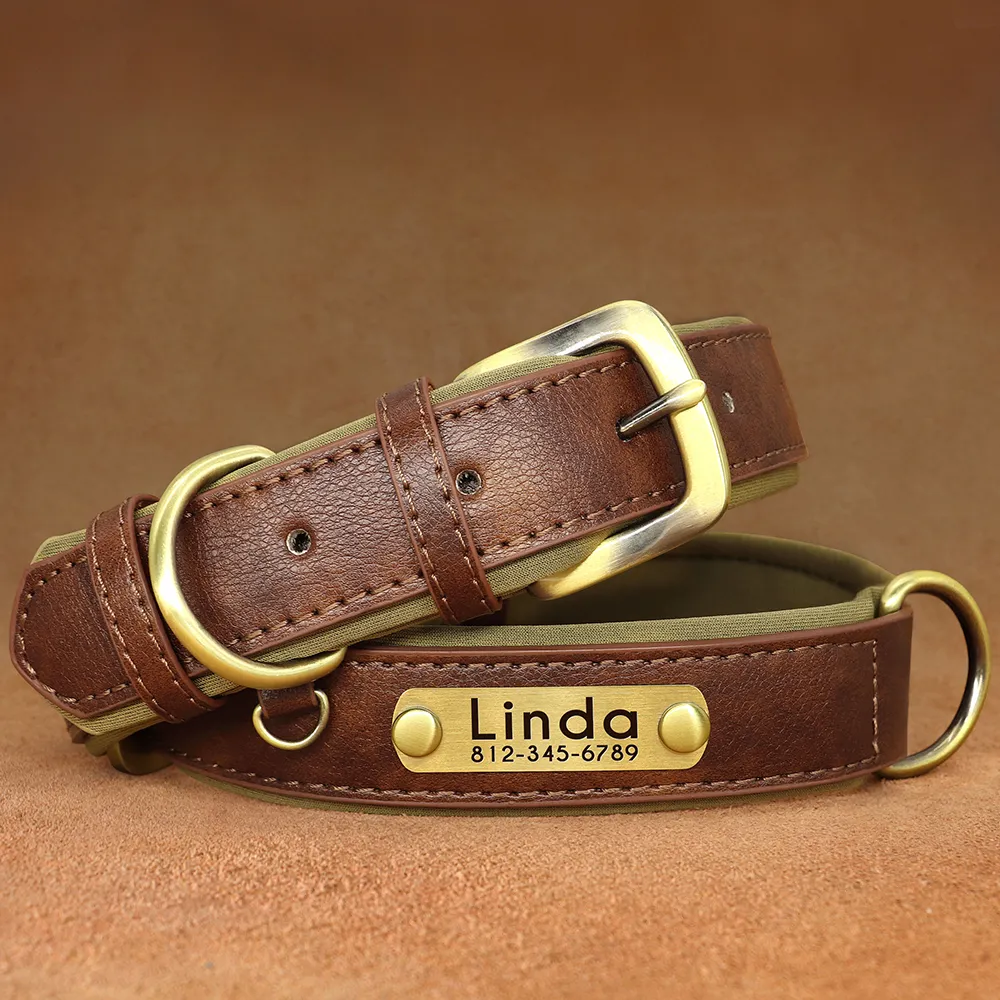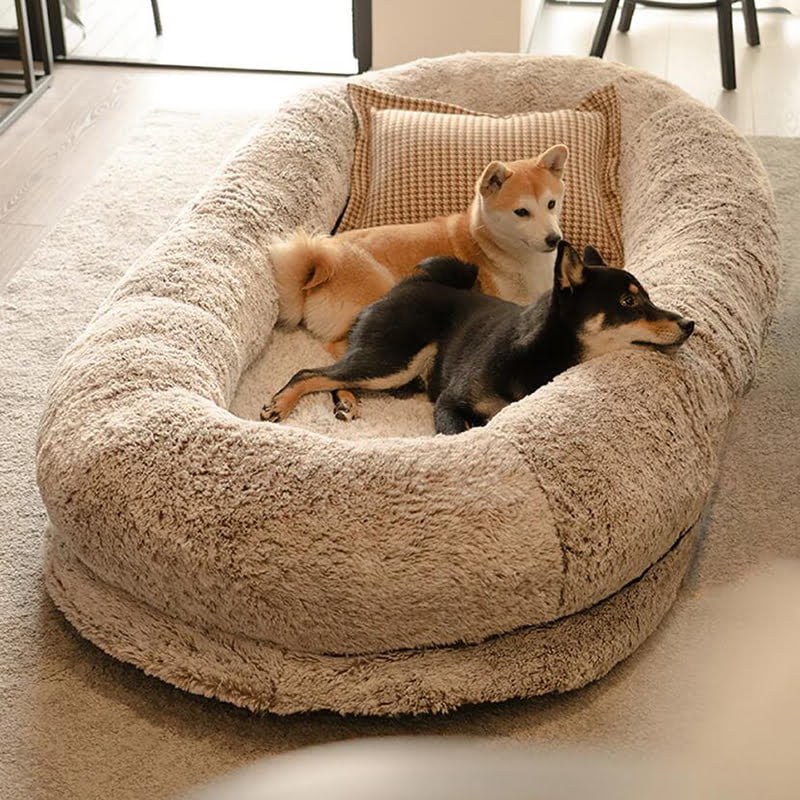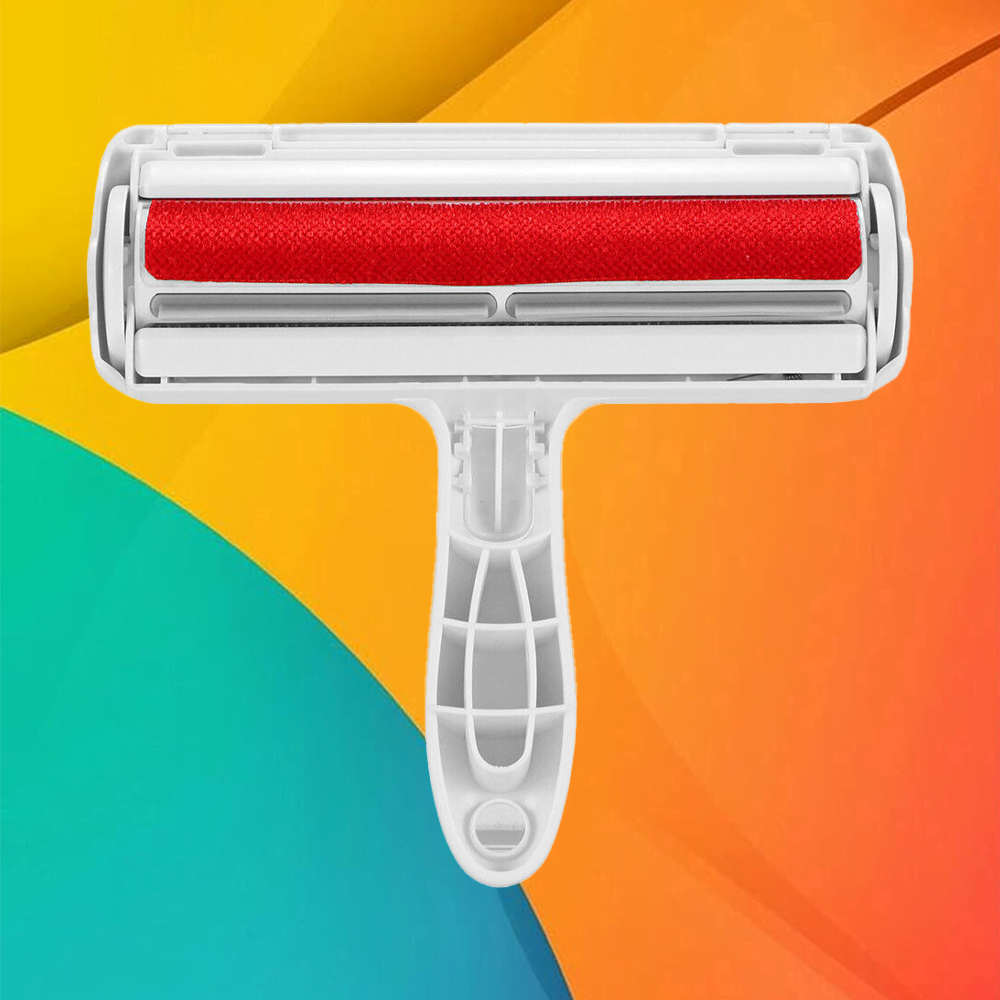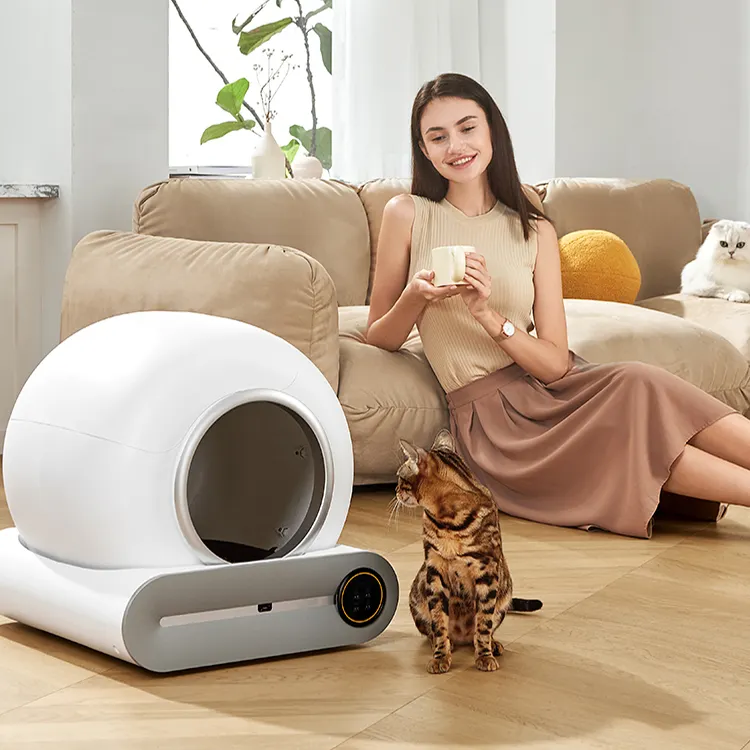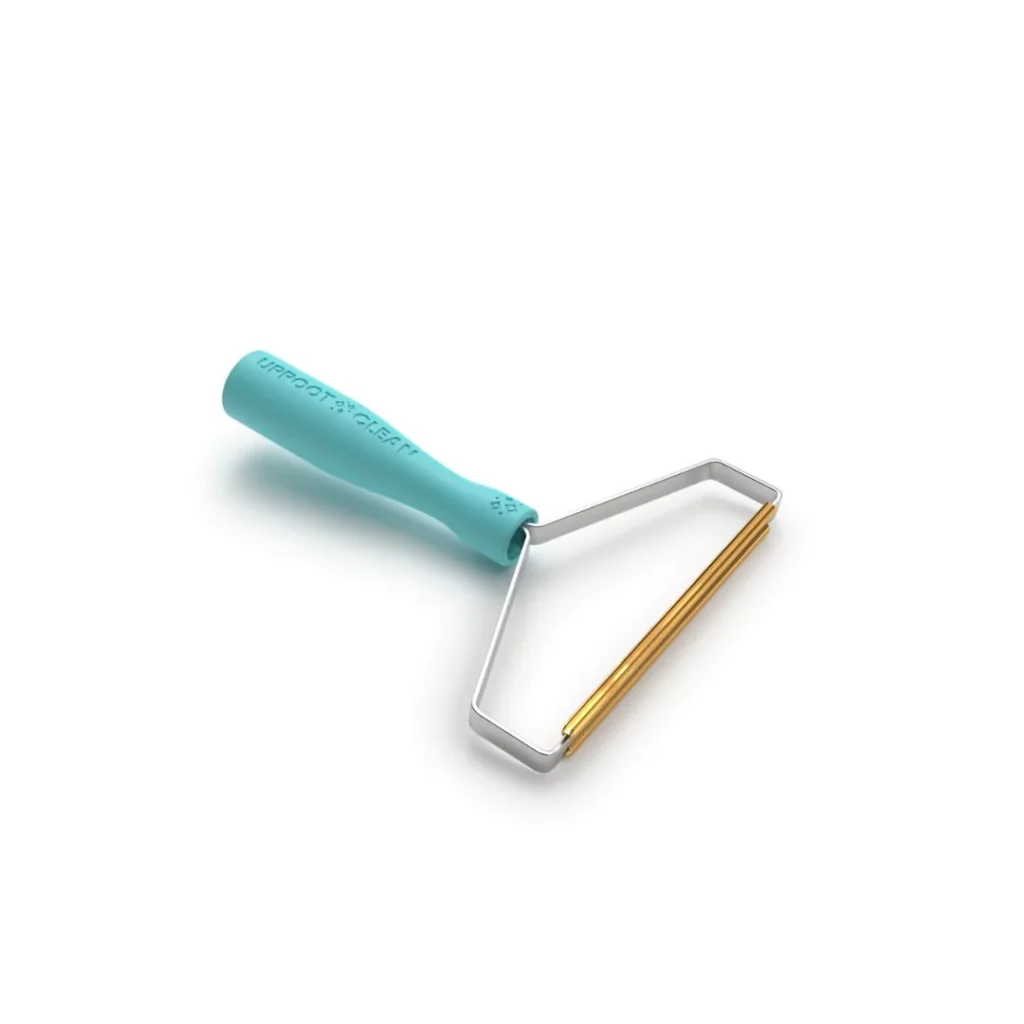You may not be aware of this, but the quality of the food you feed your cat has a major impact on their health. To ensure your feline friend’s long life and happiness, proper nutrition is of the utmost importance.
With all the varieties out there, it might be difficult to choose the best cat food. A well-informed choice that satisfies both your own preferences and your cat’s nutritional requirements is possible, though, if you keep a few things in mind.
1. Types of Cat Food
There are several different types of cat food. These include dry food, semi-moist food, and wet or canned food.
Cat Dry Food
Cats have a tendency to accumulate tartar on their teeth, and feeding them a dry kibble type of food actually helps to scrape tartar from their teeth and massage their gums to keep their teeth and gums healthy.
The mechanical action of chewing the food actually slows down the process of tartar accumulation. Dry cat food has another advantage. It is the most inexpensive form of cat food. Storing dry food is easy. Dry cat foods have a long shelf life, and are especially easy to store if you have limited space.
If your cat doesn’t drink a lot of water, dry food can be left out for him to snack on throughout the day, yet it does not spoil.
Semi-moist cat food
However, cats do not necessarily need a moisture-rich diet. Since semi-moist food has a tinge of semi-moist kibbles, most cats enjoy it more than the dry food.
Semi-moist food has salt (as a preservative) and some chemicals and colorings. Feeding your cat with the semi-moist type of food too often can harm your cat. Also, semi-moist cat food is the most expensive type of cat food. If you’re going to buy it in a 3 lb. or smaller package, it is not a good choice because the cost is very high.
If you purchase them in larger sizes, and keep them for more than a few weeks, the preservatives and chemicals used are harmful to your cat.
Cat Canned Food
Some cat owners want to feed their cats a diet close to what they eat in the wild. In the wild, cats not only eat meat but also consume about 75% of their bodily fluids from what they prey. So for cats that eat canned food, it provides a much-needed source of hydration.
Of all the types of cat food, canned food contains the most moisture and is the least processed form of cat food. However, the main disadvantage of providing your cat with canned food is that it goes bad very easily. You have to store it in the refrigerator, and it can only last up to 3 days.
How to choose the best for your cat
In a word, how to choose the best food for your cat depends on many factors. You’ll need to consider your cat’s nutritional needs, your own financial budget, and your convenience. Don’t quickly clue in to the cat food brand that most of your friends recommend.
Different cats have different needs, and your cat may have his own opinions on what types of cat food he prefers. A healthy and happy cat is what you want at the end of the day, and that is the most important thing to remember when choosing cat food.
Be generous about updating your knowledge about cat food, and use that information to filter decisions given to you. And finally, always consult the veterinarian if you are in doubt.
2. Understanding Cat’s Nutritional Needs

1 percent of her daily water needs from prey. It means they need to drink a lot of water separately. It is very important that your cat gets plenty of water. Water is the most important nutrient for cats. It is necessary for digesting the food and absorbing the food.
The Importance of Hydration for Your Feline Friend
In the wild, a cat usually gets only about 1 percent of her daily water needs from prey. It means they need to drink a lot of water separately. It is very important that your cat gets plenty of water. Water is the most important nutrient for cats. It is necessary for digesting the food and absorbing the food.
In addition, water regulates the body temperature and blood circulation, carries nutrients and oxygen to the cells and removes waste, metabolizes proteins, carbohydrates, and other nutrients, and creates the chemical and metabolic reactions in the body.
The Importance of High-Protein Nutrition for Cats
Cats are obligate carnivores and have special dietary needs. It is very important for your cats to get the right nutrition and eat high-protein, moderate-fat, low-carbohydrate foods. High-protein foods are needed because they can provide the essential amino acids taurine and arginine, which are important for normal heart function, vision, and the reproductive system.
Cats require more protein and can only use a certain amount of carbohydrate. High-protein foods like chicken, fish, and eggs can give cats enough protein. Also, cats need more amounts of some vitamins, such as vitamin A, B, and D. For example, vitamin A is necessary for cats to have good reproductive health, proper bone growth, and night vision. Cats can also absorb about 90 percent of the vitamin A found in animal-based food.
The Importance of Low-Carbohydrate Diets for Cats
On the contrary, carbohydrates in plant-based foods, for example, rice, oats, wheat, whole vegetables, and fruits, do not satisfy the cat’s nutritional needs. Cats are designed to get most of their nutrition from animal-based food. Their bodies are adapted to make use of the nutrients that come from the protein and fat in the diet, and carbohydrates are not essential to a cat’s nutrition.
Cats do not have any additional nutritional requirements for carbohydrates, and most studies report that carbohydrates do not seem to have any specific roles in felids. High-protein, moderate-fat, and low-carbohydrate foods are the best options for cat nutrition.
Cats should have 26% to 30% protein in their diet. They do not need as much carbohydrate as well. Feeding your felines with what cats need—high-protein, moderate-fat, low-carbohydrate food—can surely maintain a healthy lifestyle.
Key Points
- Cats need to drink a lot of water separate from their prey
- Water is the most important nutrient for cats, necessary for digestion and absorption of food
- Cats are obligate carnivores with special dietary needs, requiring high-protein, moderate-fat, and low-carb foods
- Cats need more protein and certain vitamins like A, B, and D, found in animal-based foods
- Carbohydrates in plant-based foods do not satisfy a cat’s nutritional needs
- Feeding cats a diet of high-protein, moderate-fat, low-carb food can help them maintain a healthy lifestyle
3. Reading Cat Food Labels
Understanding Cat Food Nutrition Labels: A Guide for Pet Owners
The nutrition label on a cat food package is an incredibly useful tool when deciding which food is best for your cat. The most common form of nutrition label for cat food is “guaranteed analysis.”. This label lists the minimum percentages of crude protein and crude fat, as well as the maximum percentages of crude fiber and moisture.
Keep in mind that when comparing different brands of cat food, the most accurate comparisons can be made on a “dry matter basis.”. Since canned cat food has about 75% moisture and dry cat food has only about 10% moisture, the nutrients for dry cat food are listed on a dry matter basis. By using this calculation, comparing the nutrients of various cat foods can be much simpler.
Introduce New food slowly to your cat
Once you have selected the food and begun feeding your cat, keep an eye out for any reactions your cat may have to a new food. Some cats have a sensitivity to certain types of food, while others may develop an allergy over time. Allergic reactions in cats often appear as skin problems such as hair loss, itching, and the development of scabs. Symptoms of food sensitivity include gastrointestinal problems like diarrhea, vomiting, and loss of appetite.
If despite selecting a cat food based on good nutrition standards and reading the label correctly, you are unsure about the quality of your cat’s diet, it is best to talk to a veterinarian. A licensed doctor will be able to help you tailor your cat’s feeding program to make sure that your cat is getting the right nutrients. Also, if your cat has an allergy or sensitivity to a certain food, a veterinarian will be able to help manage and find a solution to the issue.
Furthermore, when selecting a new cat food, it is best to introduce it slowly into your cat’s diet. Otherwise, your cat’s digestive system can become upset. If changing cat foods, mix the new cat food in with the old one over a period of a week. Start with a larger proportion of the old cat food and gradually increase the amount of new cat food, reducing the old diet, so your cat has time to adjust.
Key Points
- The nutrition label on cat food packages is important for choosing the best food for your cat
- The most common label is “guaranteed analysis,” showing percentages of crude protein, fat, fiber, and moisture
- Comparing nutrients on a dry matter basis is more accurate, especially for canned vs. dry food
- Watch for reactions to new foods, like allergies or sensitivities
- Consult a veterinarian if you’re unsure about the quality of your cat’s diet
- Introduce new cat food slowly to avoid upsetting the digestive system
Featured Products
Automatic Cat Feeder: Smart Control, 4L Capacity, WIFI Connection & Anti Clog
$30.05 (-25%)
Automatic Dog Feeder: Smart Control, 4L Capacity, WIFI Connection & Anti Clog
$30.05 (-25%)
Cat Bed with Thick Cover, Warm, Non-Slip and Waterproof Bottom
$10.69 (-29%)
Cat Flea & Tick Collar – Guaranteed results For 8 Months
$13.30 (-40%)
Cat Tree with Scratcher – Modern & Tall for Climbing and Relaxing
$51.40 (-29%)
Dog Flea & Tick Collar – Guaranteed results For 8 Months
$13.30 (-40%)
Dog Teeth cleaning and tartar removal Spray
$6.42 (-29%)
Endless Fun Cat Toy – Interactive Smart Electric Mouse
$21.40 (-29%)
Engraved Dog Collar: Elegant and Crafted with Premium Leather
$6.40 (-29%)
Human dog bed, Super Big and Comfy: Perfect for the Whole Family
$83.98 (-30%)
Reusable Lint Remover for Home, Car & Pets – Eco-Friendly & Easy-to-Use
$10.69 (-29%)
Smart Robotic Litter : The Most Advanced Cat Litter Box – Expert Choice
$192.83 (-29%)
Special Lint Remover : Guaranteed results for Clothes & Home
$13.30 (-40%)


